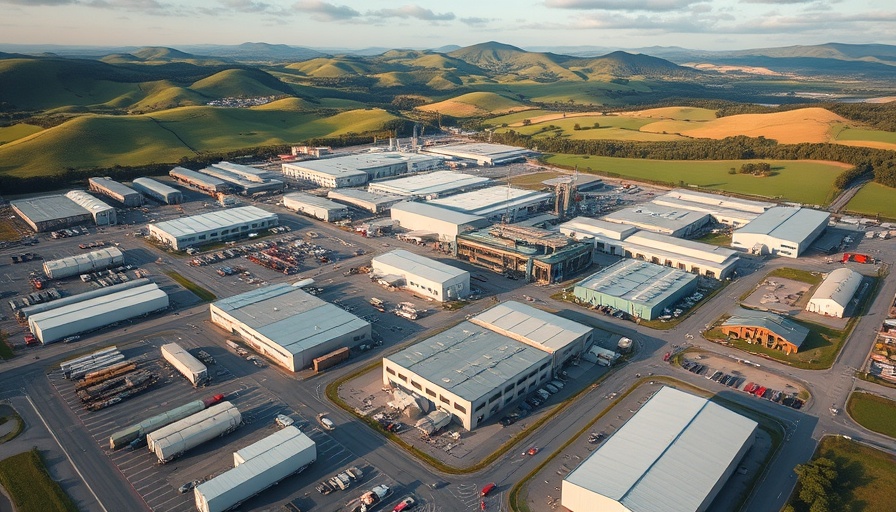
Tesla Faces Reckoning: Racial Discrimination Lawsuit Settled, More Ahead
In a notable turn of events, Tesla has settled a racial discrimination lawsuit from a former employee at its Fremont factory, illuminating ongoing issues of workplace bias within the electric vehicle manufacturer. The case, brought by Raina Pierce, highlighted disturbing allegations including racial slurs and a toxic work environment, which Musk's company has faced criticism for over the years.
Despite this settlement, the road ahead looks rocky for Tesla as multiple racial discrimination lawsuits still loom large. These include a class-action suit involving over 16,000 Black workers, originally initiated by contractor Marcus Vaughn back in 2017. This lawsuit paints Tesla’s Fremont factory as a "hotbed for racist behavior,” alleging instances of racist graffiti and widespread harassment, leading many to question how the company has addressed these serious allegations.
Following Pierce's claims, it was reported that incidents at the factory included a manager's shocking comments comparing the workplace to a plantation, highlighting not only the severity of the alleged incidents but also a pattern of behavior that has now led to extensive legal consequences. The California Department of Fair Employment and Housing's involvement further emphasizes that these issues are not being swept under the rug.
The implications of such lawsuits extend far beyond the factory floor; they impact Tesla's public image and raise concerns about corporate accountability in addressing racial discrimination. While Tesla has expressed intentions to improve its workplace culture, the company faces increasing pressure not just from state agencies but also from its workers, advocating for a safer and more inclusive work environment.
As Tesla prepares for trial on the Vaughn case set for early next January, the resolution of these ongoing lawsuits will not only dictate Tesla's future operating practices but will also significantly influence its reputation and market standing in the competitive automotive industry.
 Add Row
Add Row  Add
Add 




 Add Row
Add Row  Add
Add 

Write A Comment